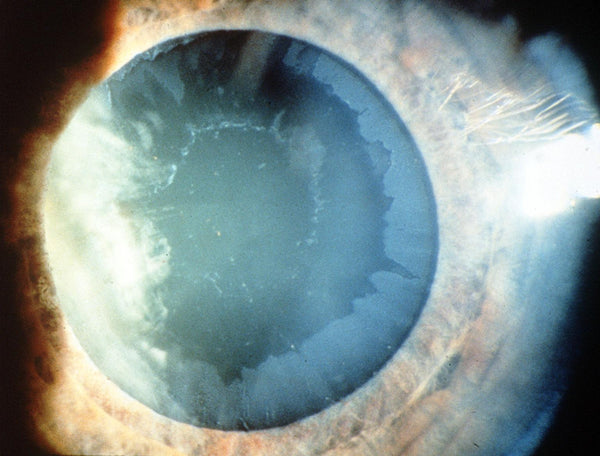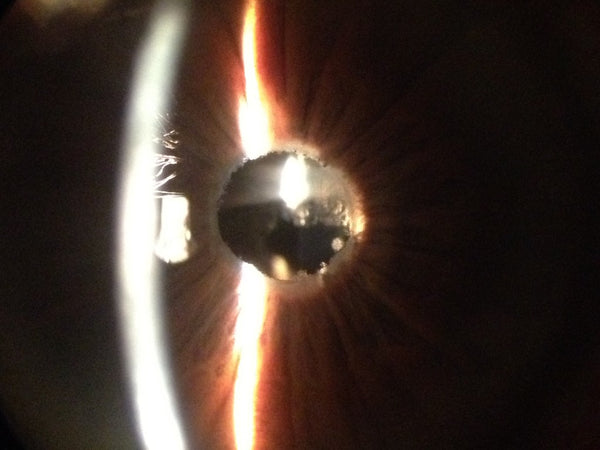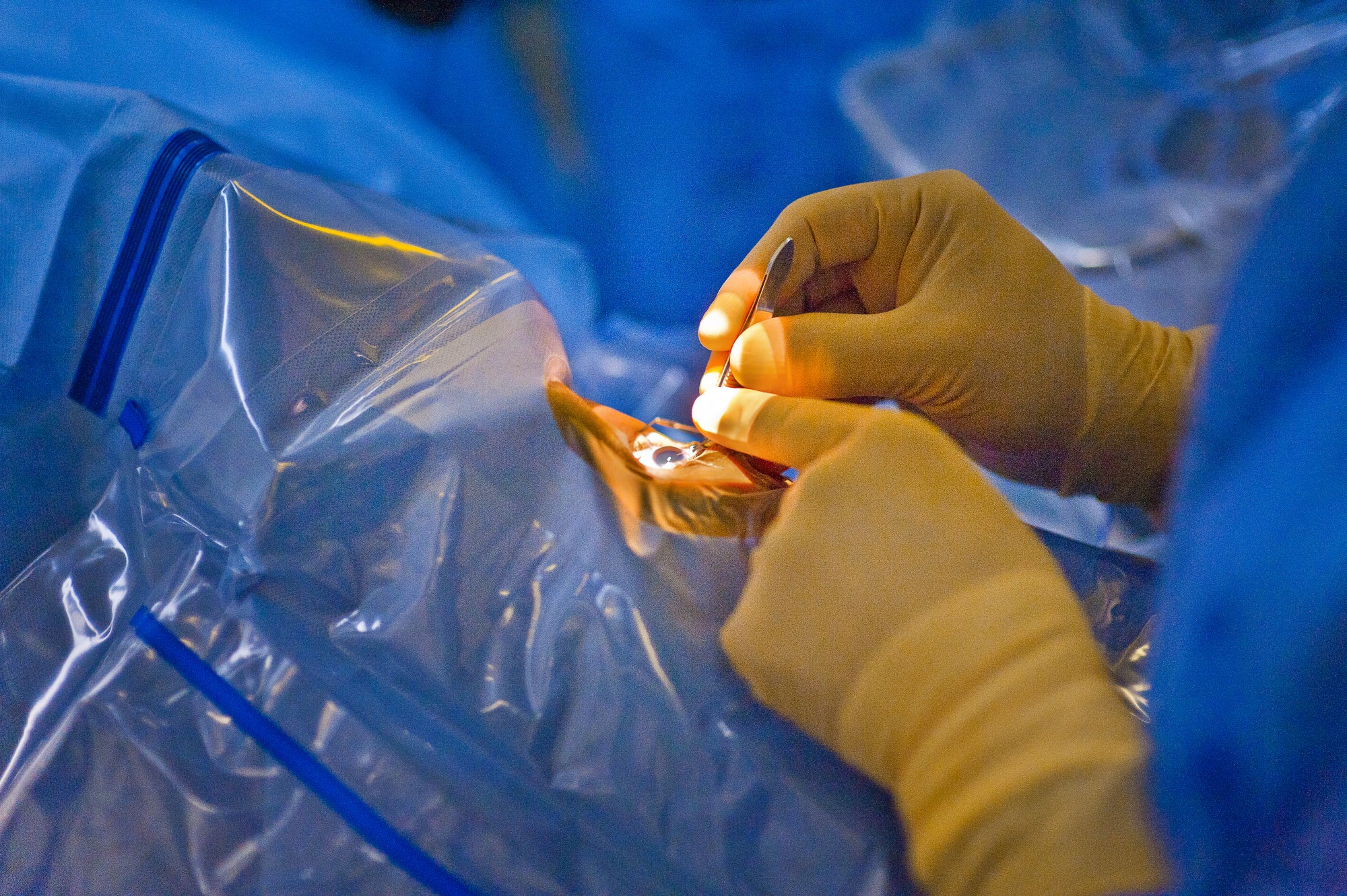
What's in a name?
Originating from the Middle English, pseudo, meaning, "apparently rather than actually as stated" and the Latin, exfoliare, meaning, "to strip of leaves," pseudoexfoliation syndrome doesn't involve anything truly falling or peeling inside the eye. Instead, this interesting, unusual and vexing condition leaves scalloped protein deposits on the internal lens of the eye that make the surface of the lens appear as if it is being peeled away. So the condition is named based on its appearance and not descriptive to what is really happening inside the eye.
What happens in pseudoexfoliation syndrome?
For reasons that are poorly understood, a small percentage of elderly adults secrete a protein within the fluid of the inner eyeball. This protein then layers upon many of the internal structures of the eye, including the cornea (the clear window in the front of the eye), the colored iris, the internal lens and the structure that drains fluid from the eye and helps to maintain normal internal pressure, known as the trabecular meshwork.
In small amounts, these deposits are harmless. But in larger amounts, they can partially block the drainage structure of the eye, thus causing high pressure inside the eyeball, known as pseudoexfoliative glaucoma.
Why did I get it?
Pseudoexfoliation Syndrome is not inherited. The proteins are actually found throughout the entire body with studies showing that skin biopsies of pseudoexfoliation patients contain this protein. However, it does not cause any problems other than in the eye. Most interesting is that the majority of patients have pseudoexfoliation syndrome in only one eye.
What if I need cataract surgery?

Cataract surgery is frequently more challenging for many reasons. Because the pupil often does not dilate fully, the ocular surgeon may need to mechanically stretch the pupil to get access to the cataract which rests behind it. The protein deposits lining the back of the cornea make this structure more likely to get swollen, which slows recovery of clear vision after surgery. Patients with pseudoexfoliation syndrome often have concomitant pseudoexfoliative glaucoma, requiring that a glaucoma procedure be done at the same time as the cataract.
The greatest difficulty that can occur is that the fibrous attachments, called zonules, that hold the natural cataract lens in place can be weak, or worse, absent. It is analogous to a trampoline that is missing most of its springs. If the zonules are weak or absent, the cataract can move beyond the zone of control of the ophthalmic surgeon, even when perfect surgical technique is used.
The failure of the natural lens to remain stable in an eye with pseudoexfoliation can cause the entire lens, or part of the lens, to dislocate from its normal position in the fluid filled space in the front of the eye into the gelatinous space in the back of the eye (vitreous). This gelatinous vitreous material may come forward into the front section of the eye, necessitating a longer and more complex surgery.
Finally, an artificial lens implant, which is nearly always placed in healthy eyes, may not be able to be initially or ever placed in an eye that has pseudoexfoliation syndrome. This is because the normal structures upon which the lens implant resides may be overly weak and unable to support the new lens implant.













